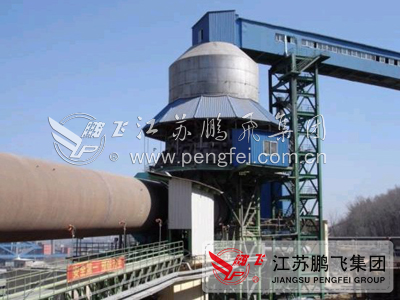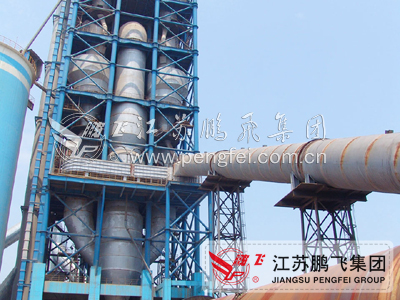Vertical preheating device used for preheating refractory raw materials. It has the characteristics of reasonable structure, high thermal efficiency and automation level, but cannot fully utilize crushed materials (requiring feed particles of 18-50mm) and unsuitable raw materials with poor thermal stability. Vertical preheaters are used in conjunction with rotary kilns to preheat raw materials with poor thermal stability, such as activated lime or dolomite.
Working principle
The raw materials enter the flue gas material isolation hood from the feeding chamber and are evenly distributed along the conical surface of the central material distribution cone in the annular stacking space between the two cylinders of the preheater body. The hot flue gas from the rotary kiln at 900-1000 ℃ enters the entire cross-section of the annular stacking space through the inlet of the gas collection chamber, passes through the material layer, and flows in the opposite direction towards the feeding direction for sufficient heat exchange. The materials preheated to 600 ℃ are sequentially pushed into the kiln by various push rod unloaders. To achieve the goal of uniform feeding. The flue gas, whose temperature drops to about 300 ℃ after heat exchange, is discharged into the atmosphere through an electrostatic precipitator exhaust fan.
Structure
It consists of a feeding chamber, a main body, a push rod unloader, a bypass valve, and an auxiliary chimney.
Usage and maintenance
The raw materials entering the preheater should be clean and free of impurities, otherwise they must be washed with water to prevent the materials from clumping inside the preheater and affecting the operation.
The height of the material column in the feeding room can be adjusted according to production requirements, but the height of the material columns in the two feeding rooms should be consistent. When feeding the main body alternately, it should be strictly controlled by a timing switch or program controller.
The stroke of each push rod unloader should be adjusted to be completely consistent, and the interval between pushing materials between two push rod unloaders can be adjusted according to production needs. It is necessary to ensure that the materials inside the cylinder are evenly fed, otherwise it will cause particle segregation.
Under normal circumstances, clean through the inspection door every seven to eight days. The refractory lining is inspected once a year, and comprehensive checks are conducted on the mechanical equipment.
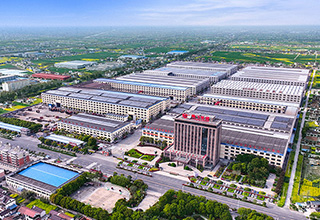
 Real time updates on cutting-edge information, presenting Pengfei and industry trends in a timely, comprehensive, and intuitive manner.
Real time updates on cutting-edge information, presenting Pengfei and industry trends in a timely, comprehensive, and intuitive manner.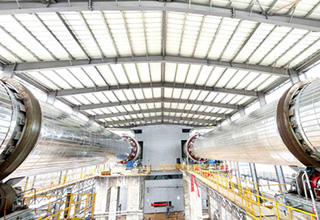
 We firmly believe that talent is the foundation of enterprise development. We adhere to the talent concept of "people-oriented, co creation and win-win", respect the personality and creativity of each employee, and are committed to providing employees with broad development space and a fair competitive platform.
We firmly believe that talent is the foundation of enterprise development. We adhere to the talent concept of "people-oriented, co creation and win-win", respect the personality and creativity of each employee, and are committed to providing employees with broad development space and a fair competitive platform.
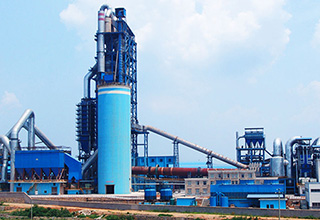

 中文
中文 English
English
